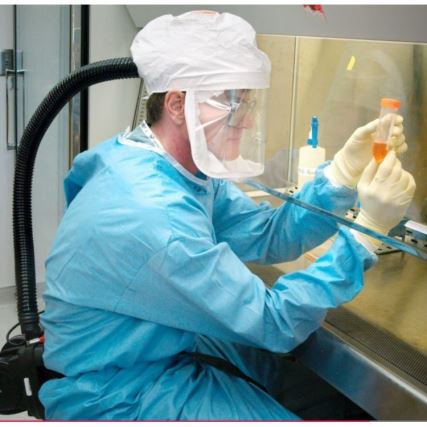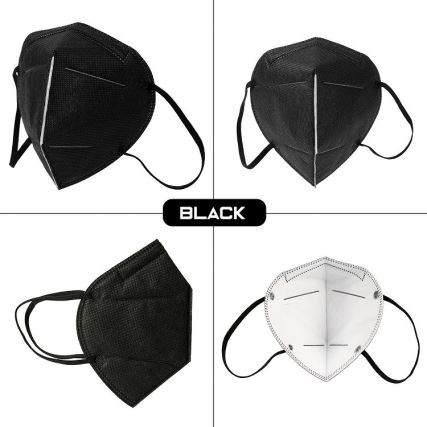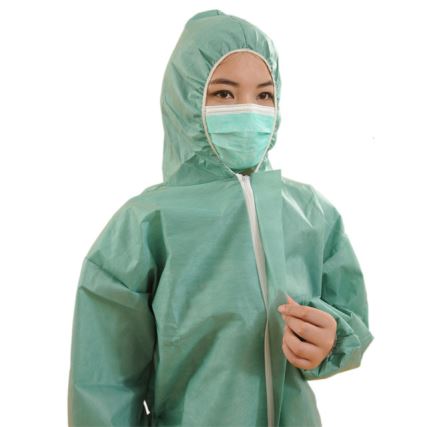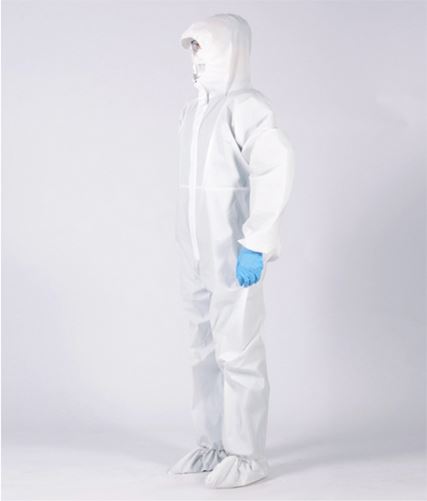How Is The Classification Of Protective Masks
Mar 11, 2020
How is the classification of protective masks
Select the protection level and look at the dust in the environment:
If there is only harmful gas, the general tank selection can meet the requirements; if it contains dust, then the tank should be integrated. According to the filtration level, the comprehensive filter can confirm the performance level of the filter dust:
P1: general capacity filtration efficiency: ≥95.0%;
P2: medium capacity filtration efficiency: ≥99.0%;
P3: higher filtration efficiency: ≥99.99%.
The higher the dustproof level of the filter tank, the smaller the diameter of the dust filter particles, and the higher the performance of the dust filter.
Non-woven fabrics can be divided into:
1. Spunlaced non-woven fabric: It sprays high-pressure micro-water flow on one or more layers of fiber webs, entangles the fibers with each other, so that the web is strengthened and has a certain strength.
2. Heat-sealed non-woven fabric: It refers to adding fibrous or powdery hot-melt bonding and reinforcing materials to the web, and the web is then heated and melted to cool and strengthen the fabric.
3. Pulp air-laid non-woven fabric: It can also be called dust-free paper and dry-process paper-making non-woven fabric. It uses air-laying technology to open the wood pulp fiberboard into a single fiber state, and then uses the air-flow method to agglomerate the fibers on the screen curtain, and the fiber web is then consolidated into a cloth.
4. Wet-laid non-woven fabric: The fiber raw material placed in the aqueous medium is opened into single fibers, and the different fiber raw materials are mixed to make a fiber suspension slurry, which is transported to the web forming mechanism, and the fibers are in a wet state. Reinforce it into a cloth.
5. Spunbond non-woven fabric: After the polymer has been extruded and stretched to form continuous filaments, the filaments are laid into a web, and the web is then self-bonded, thermally bonded, chemically bonded, or mechanically strengthened Method to make the web into a non-woven fabric.


 News
News
 News
News




